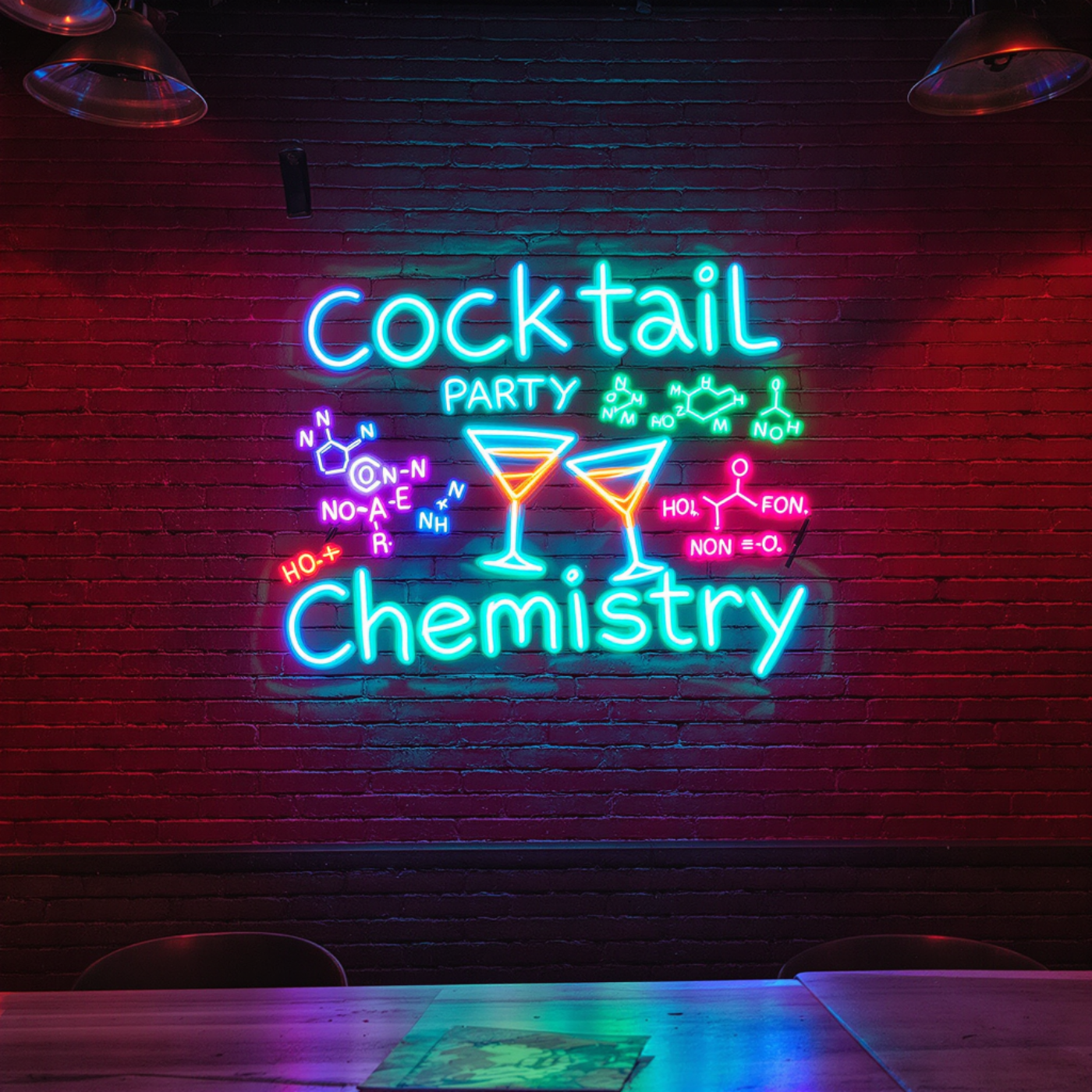197 The Chemistry of Jupiter Giant of Gas and Storms (S1E197)
- Author
- Jim Mitchell
- Published
- Sun 20 Jul 2025
- Episode Link
- https://rss.com/podcasts/cocktail-party-chemistry/2122435
In this illuminating episode, we delve into the fascinating world of Jovian chemistry, where the solar system's giant reveals a complex atmospheric composition unlike any terrestrial planet. Through engaging interviews with planetary scientists and atmospheric physicists, we explore how Jupiter's primarily hydrogen and helium composition represents a captured sample of the solar nebula from which our entire system formed. Our journey takes us from the multicolored cloud bands containing ammonia crystals and ammonium hydrosulfide to the Great Red Spot, where we'll examine how mysterious compounds give this centuries-old storm its distinctive reddish hue. We'll investigate the crucial role of spacecraft observations in revealing Jupiter's atmospheric chemistry, explaining how instruments aboard missions like Juno probe the different atmospheric layers to reveal their composition and dynamics. The exploration continues as we uncover the chemistry behind Jupiter's auroras, from the magnetic interactions with its moons to the charged particles that create the largest and most powerful auroral displays in our solar system.
Through detailed demonstrations, we'll showcase how Jupiter's immense pressure creates exotic states of matter like metallic hydrogen in its interior, explaining why this electrically conductive form of our universe's most common element generates the planet's powerful magnetic field. We'll investigate the complex hydrocarbon chemistry occurring in Jupiter's upper atmosphere, examining how solar ultraviolet radiation drives reactions creating compounds like acetylene and ethane. The episode highlights cutting-edge research from atmospheric probes, from the 1995 Galileo probe's direct sampling of Jupiter's clouds to Juno's microwave radiometer measurements revealing ammonia distribution patterns. Finally, we'll explore how Jupiter's chemistry influences its moons, from the sulfur compounds ejected by Io's volcanoes that become ionized in Jupiter's magnetosphere to the radiation chemistry occurring on Europa's icy surface, all while explaining the remarkable physical and chemical processes that make this gas giant a natural laboratory for studying chemistry under extreme conditions and a window into the composition of our early solar system.
